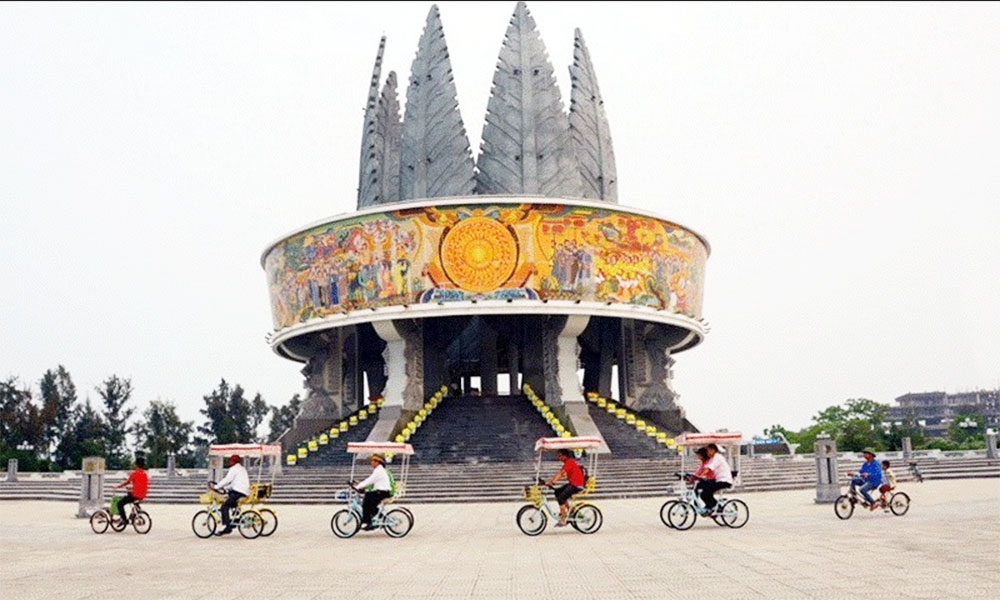Vietnam unveils new $5.4B high-speed railway linking Hanoi and Ha Long
Vietnam will build two high-speed railway lines, including a newly planned US$5.4 billion route from Hanoi to Quang Ninh, under its updated 2021–2030 national railway plan approved by Deputy Prime Minister Tran Hong Ha.
In addition to the 1,541-kilometer North–South line linking Ngoc Hoi Station in Hanoi with Thu Thiem Station in Ho Chi Minh City, the government has added the second high-speed route connecting Hanoi and Quang Ninh, home to Ha Long Bay.
 |
|
Aerial view of Ha Long Bay, Vietnam. |
Stretching 124 kilometers, the new line will start from Co Loa Station in Hanoi (connected to Metro Line 4), pass through Gia Binh Station near the proposed Gia Binh International Airport in Bac Ninh, and end at Ha Long Xanh Station in Quang Ninh, where it will link with the Hai Phong–Ha Long–Mong Cai railway.
In July, Vietnamese conglomerate Vingroup proposed investing in the Hanoi–Quang Ninh high-speed railway, designed for trains running up to 350 kph.
The electrified line would use a standard 1,435-millimeter gauge and serve only passenger traffic. The proposed route would run from Co Loa to Gia Binh Airport, continue through Hai Phong and Yen Tu, and end in the Dai Yen forest park area of Quang Ninh.
The line is expected to have four stations: Co Loa, Gia Binh, Yen Tu and Ha Long, or five if an additional Yen Vien stop is included.
The project would require around 308 hectares of land, with total investment estimated at $5.4 billion and is scheduled for completion before 2030.
The revised plan also moves up several other projects for pre-2030 investment, including the 156-kilometer Hanoi–Dong Dang line in Lang Son and the 187-kilometer Hai Phong–Ha Long–Mong Cai line.
Other routes such as Thap Cham–Da Lat and An Binh–Saigon (Hoa Hung)–Tan Kien will also be studied for construction within the same period.
Vietnam’s updated railway strategy emphasizes expanding high-speed infrastructure, upgrading seven existing national routes and improving links to major seaports, airports and neighboring countries, including China, Laos, and Cambodia, to support trade, logistics and long-term regional integration.
 Bắc Ninh
Bắc Ninh











Reader's comments (0)